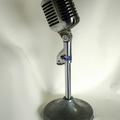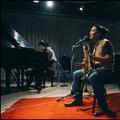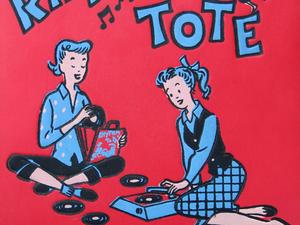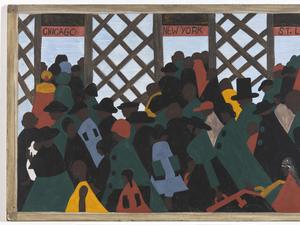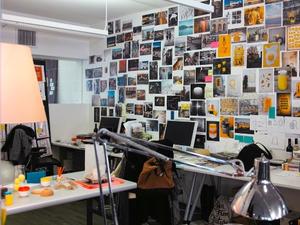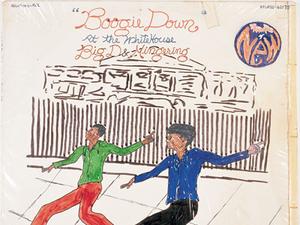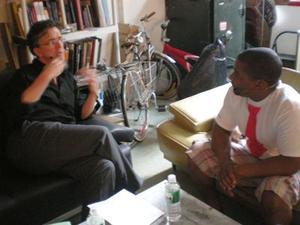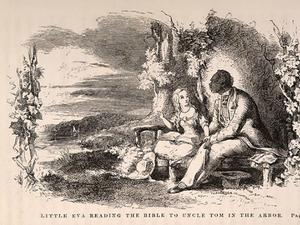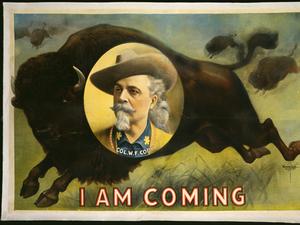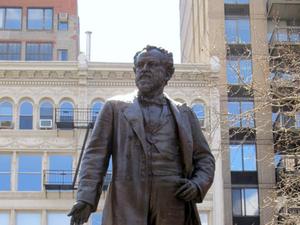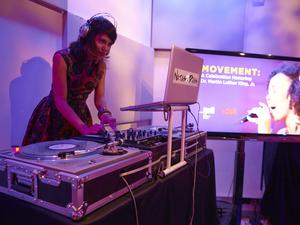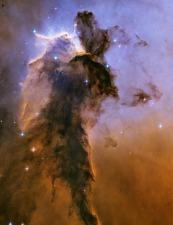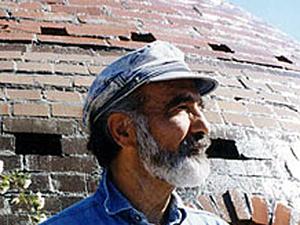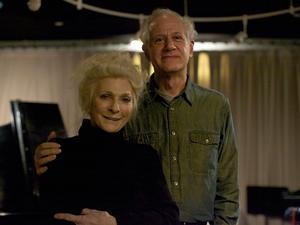Slideshows

This classic super cardioid (unidirectional) moving coil dynamic mic first came into use in 1951 was long favored by The King, as well as WNYC's Chief Concert Engineer Edward Haber. The microphone is designed for high quality broadcasting, public address and voice recording.


Often placed on a table between an interviewer and interviewee, this omnidirectional microphone dates from 1938 and was used well into the 1950s.

Constructed in a rugged bronze and steel case and used from the mid-1930s into the 1940s, the SR80 is one of the finest bidirectional 'velocity' microphones found in this period.
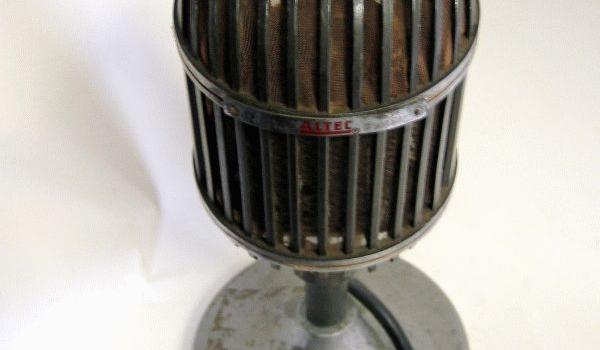
Designed by the Bell Telephone Laboratories and originally manufactured by the Western Electric Company beginning in 1938 the Altec 639A and 639B multi-pattern microphones have, for years, enjoyed an unprecedented acceptance by all phases of the audio industry. In 1941 Altec began putting their name on the microphone.
The 639A could be set to various directional patterns while maintaining high quality performance. Using a velocity ribbon microphone in combination with a dynamic pressure microphone, the 639A offered three patterns. “R” provided a “figure eight” pattern by utilizing just the velocity microphone. “D” selected just the pressure microphone for a non-directional pattern. “C” provided a cardioid pattern by combining the two microphones in series. Frequency response in any setting was 40 Hz to 10 KHz. Western Electric also built a “B” version with six selectable pattern settings. For an excellent history of this microphone go to: MIC HISTORY.
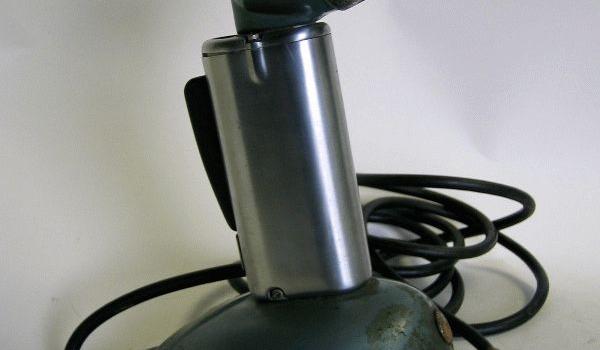
These high output and high impedance CR or "controlled reluctance" microphones were made sometime between 1949 and 1958. Shure claimed it had a frequency response of 100 to 7,000 cycles per second. The microphone was popular with ham radio operators and used also for police, fire, and other commercial dispatch uses. The mic was tailored for good speech response, and was made to withstand temperature extremes, and to be practically moisture proof. It was unaffected by weather extremes and salt spray making an ideal choice for coastal areas. Obviously this was not a studio microphone but most likely used on remotes to communicate effectively with the studio or engineering office.
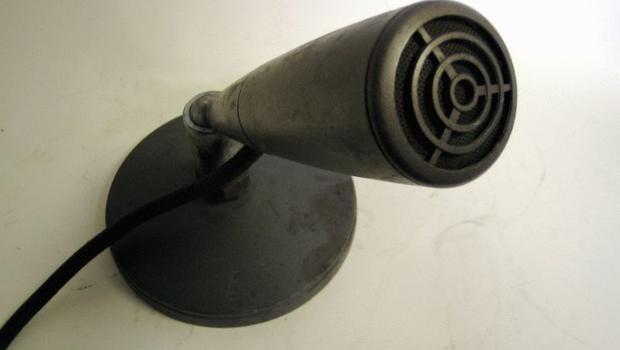
The Type BK-1A was a high-fidelity microphone especially designed for announcing and remote pickup. Its smooth response and frequency range (60 to 10,000 cycles) made it suitable for reproducing both music and speech. It is effectively non-directional when mounted vertically and is semi-directional when mounted horizontally. The mic was first produced in 1952.

Developed by Bell Labs in the late 1930s and used by WNYC well into the 1960s, the famous 633A is a rugged, low impedance dynamic microphone popular with radio stations for many years.
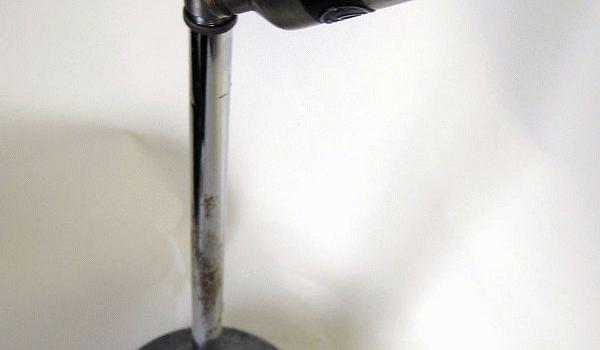
The D4T is a high impedance moving coil (dynamic) microphone "for general use where clear speech and natural music reproduction are required," according to the manufacturer's original brochure. "While designed for maximum ruggedness, it is of convenient size and reflects beauty in modern lines." Often used as a public address microphone, it dates from the 1940s.
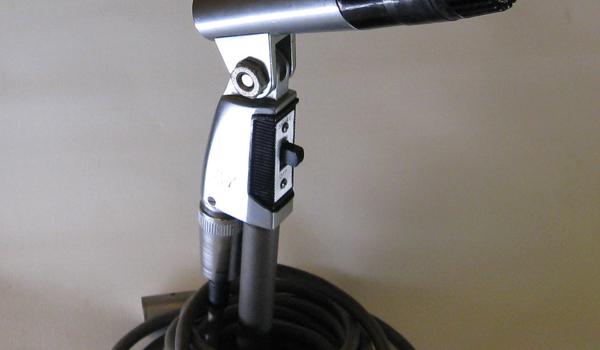
This microphone is exceptional for musical instrument pickup or for vocals. With its bright, clean sound and carefully contoured presence rise, the SM57 is ideal for live sound reinforcement and recording. It has an extremely effective cardioid pickup pattern which isolates the main sound source while minimizing background noise.
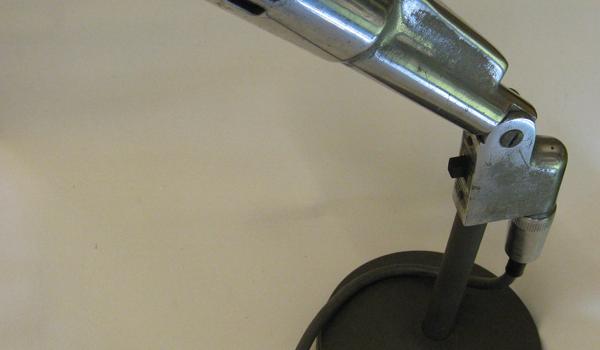
This microphone dates from about 1953 and was designed for public address systems. At the time, WNYC was not only the city's broadcasting station, but also its major source labor and equipment for public events in the parks and other locations around town. In an ad from the period, Electrovoice touted the microphone as having a "uniform cardioid polar pattern [that] provides high front-to-back discrimination against unwanted sounds, without close-talking boominess."
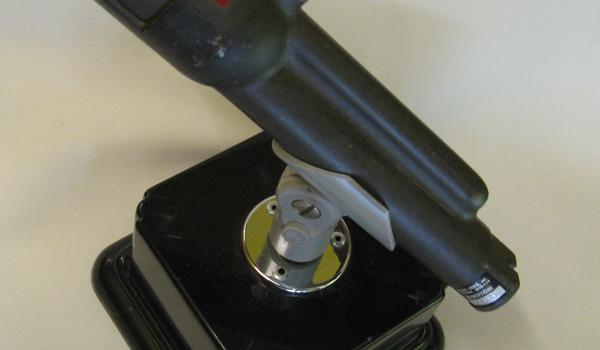
This microphone was known for great for bass amp pick-up and used throughout the 1950s and 60s. Designed with the help of network radio and television engineers, the EV 666 was described in the early 50s as a "mircophone that meets the exacting requirements of present day telecasting and broadcasting."
WNYC's Vintage Microphones
Some of the ways we reached the air.Sponsored
